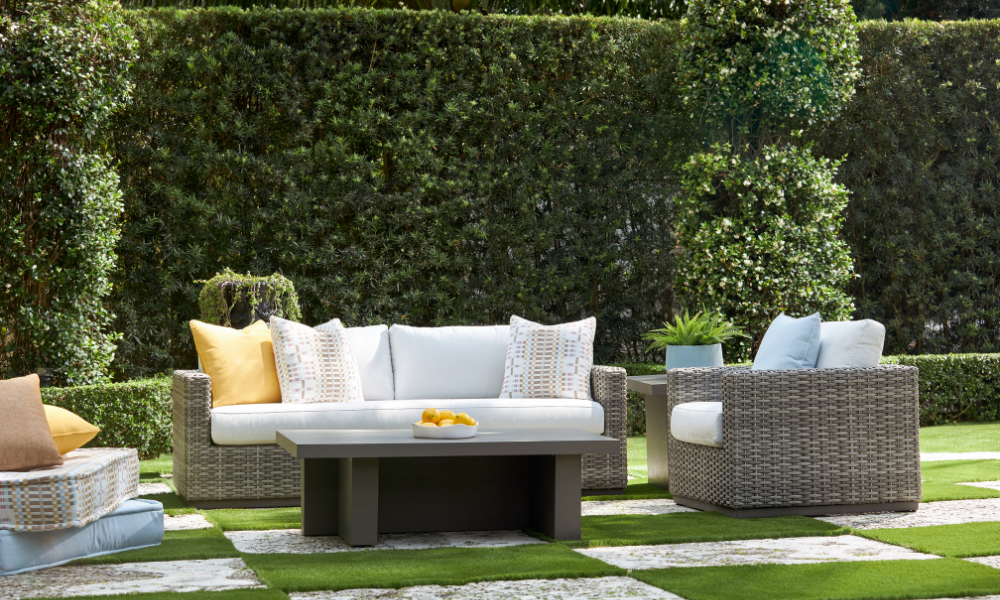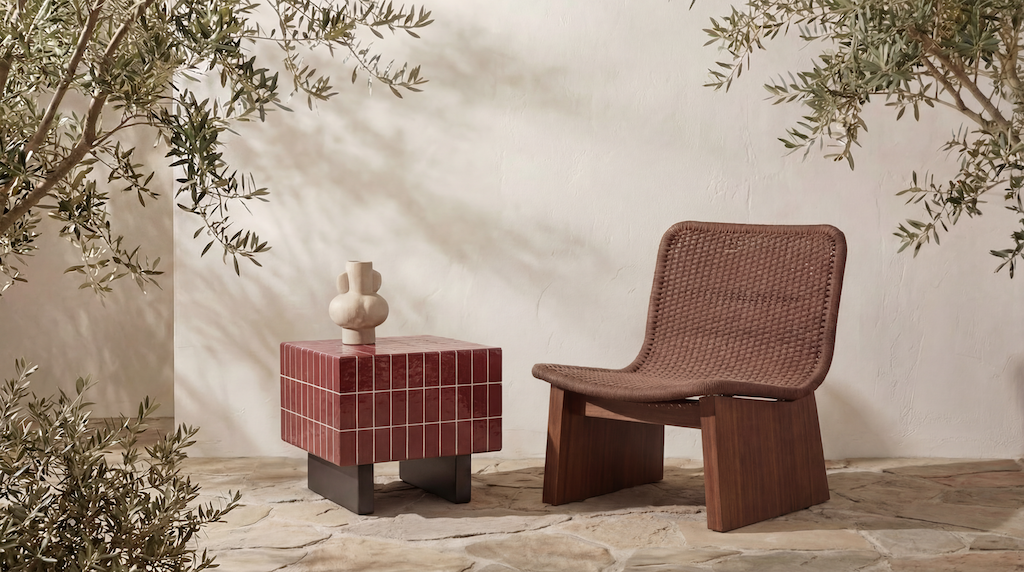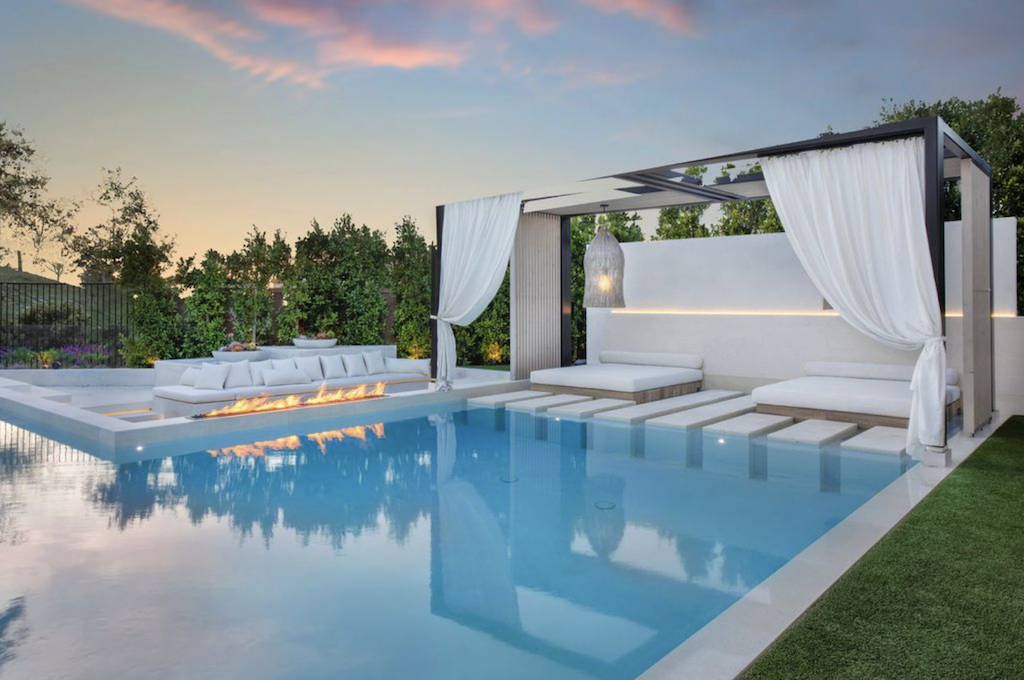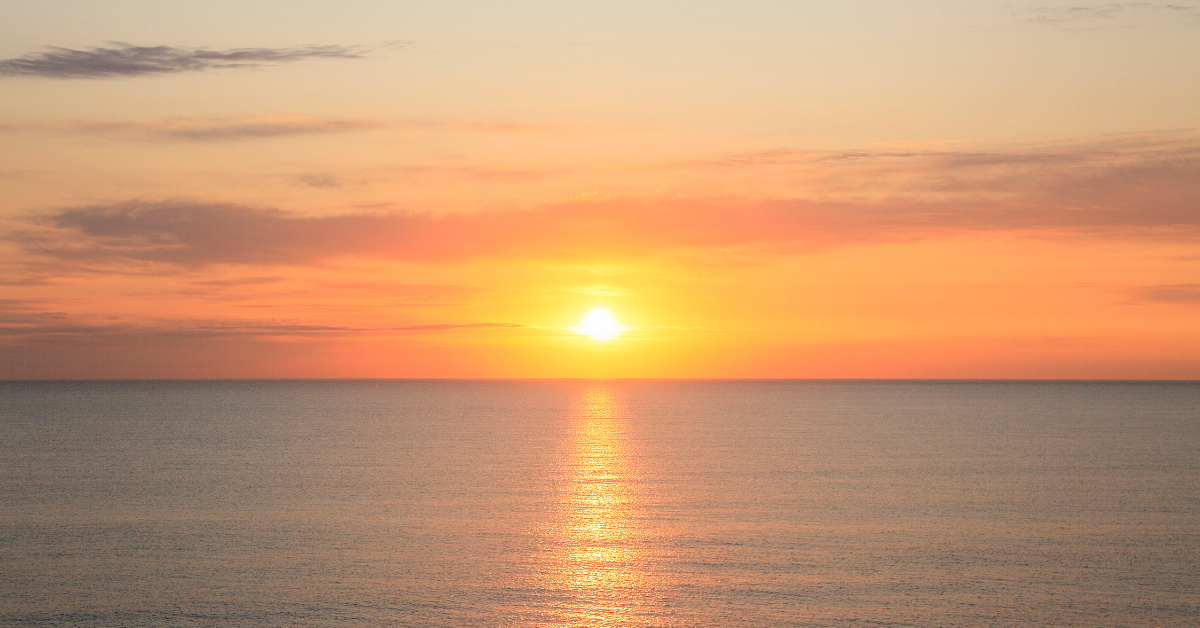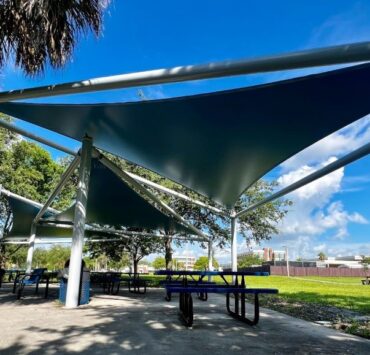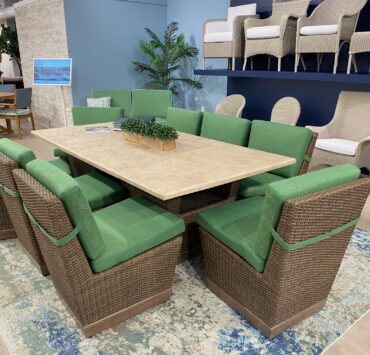For landscape architect Christopher Cawley, the key to effective outdoor design is to find a way to connect with nature itself.
A mainstay in the Miami design community since 2005, Cawley has become known for designs within private gardens, estates, boutique hotels and oceanfront resorts.
“Designing outdoor spaces allows me to create environments that feel like extensions of the interior, where beauty, function and sustainability come together,” says Cawley. “I also enjoy the challenge of working with natural elements like light, water and plants to create spaces that evolve and grow over time.”
That’s not to say that it’s always easy.
“One of the biggest challenges is working with the unpredictability of the natural environment — weather, seasonal changes and site-specific conditions can all impact design choices,” he says. “Additionally, outdoor spaces need to balance aesthetics with functionality, requiring durable materials that can withstand the elements while maintaining visual appeal.”
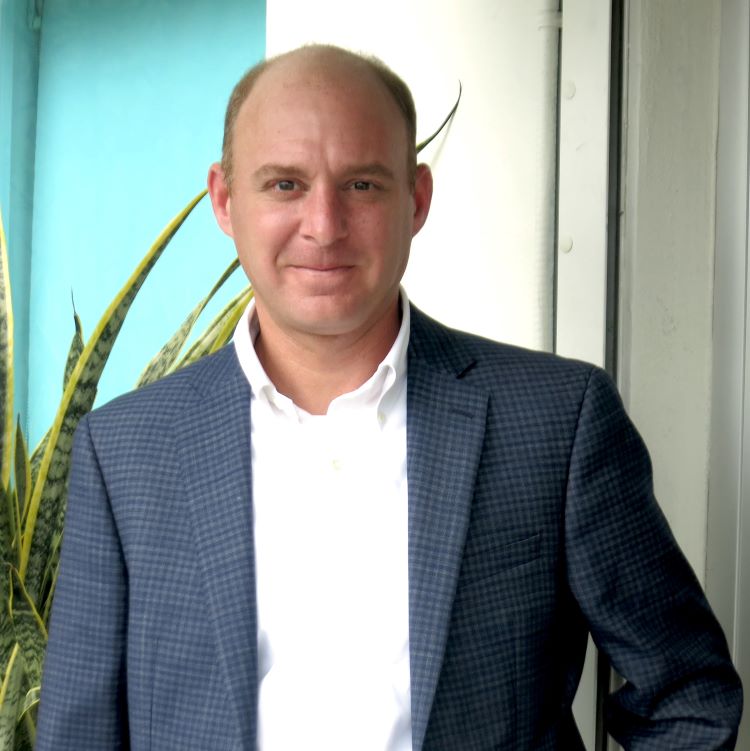
Cawley says that he is seeing an increase in interior designers taking it outside, because of client demand.
“Clients today are looking for cohesive environments that seamlessly flow from the interiors to the outdoor spaces, especially as outdoor living becomes more of a priority,” he says.
The design process takes a strong partnership.
“We rely on manufacturers to provide detailed product information, customization options and advice on materials that fit the design vision,” says Cawley. “We also work with nurseries that we trust will give us the best plants and trees for each project. “
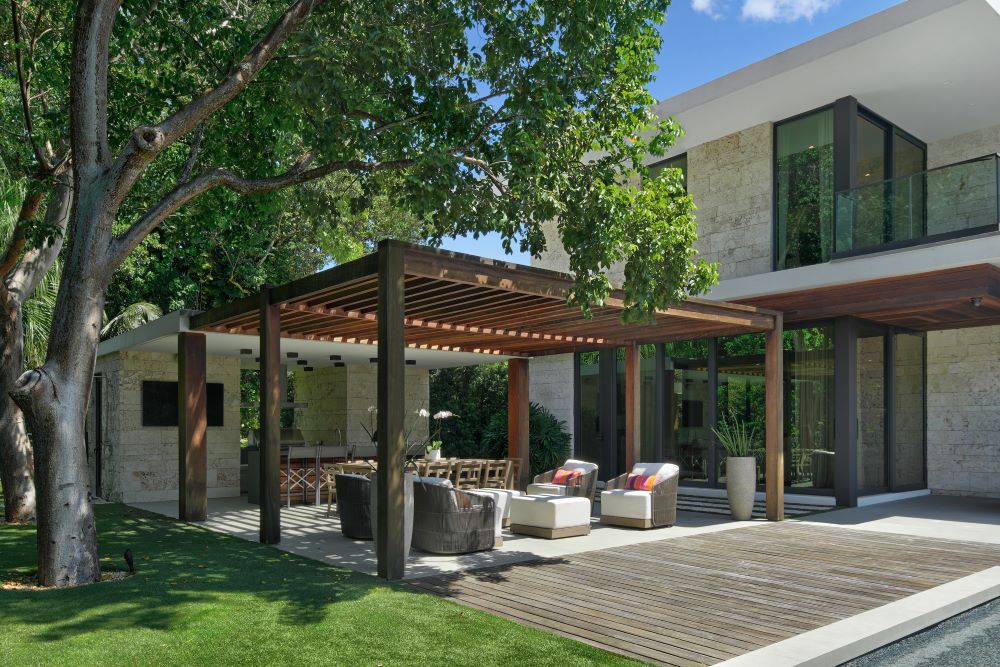
Where manufacturers are concerned, he says that he prefers innovative, durable, high-quality products suited for the location’s climate and conditions.
“We often suggest a wide range of customized options, allowing the designers to find products that complement their unique design visions while meeting practical needs for durability and maintenance,” says Cawley. “Manufacturers could improve by offering more in-depth educational resources on new materials and sustainable practices. As a landscape architect, I am mostly concerned with the plants, trees, gardens, shrubs, et al. We must understand the site for plant selection and activity location.”
The best way for designers to learn more about products and materials is to do their homework, he says.
“As a landscape architect, we know that in this field we work to create an aesthetically pleasing setting and to protect and preserve the environment in an area,” says Cawley. “We contribute to the planning, aesthetic and functional design, location, management and maintenance of infrastructure surrounding this area. If designers keep up with landscape architecture publications and case studies, it can help them to stay informed about trends and innovations.”
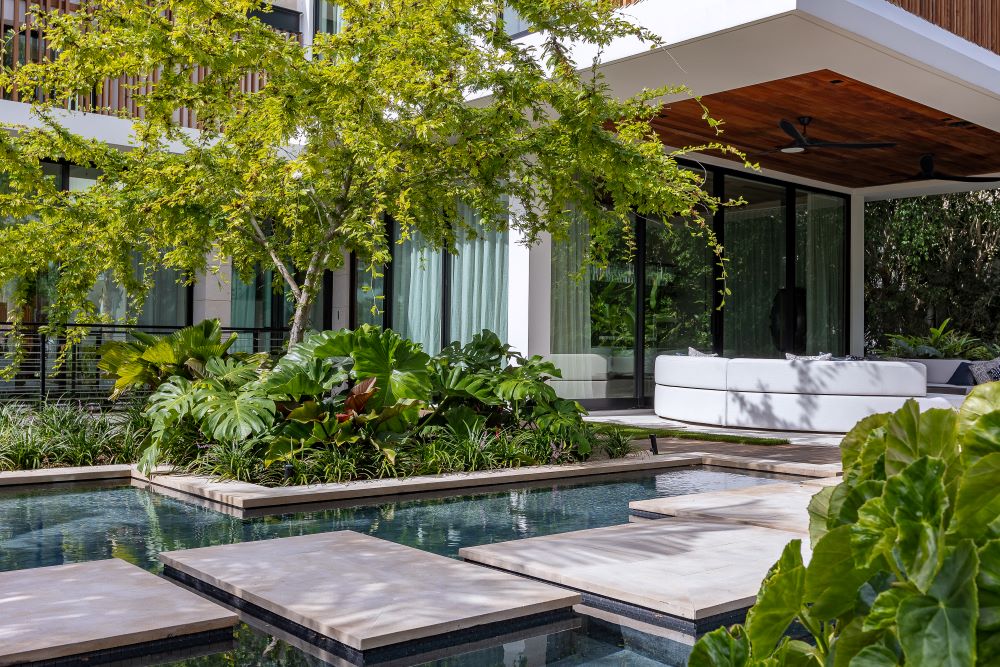
Any advice for interior designers who are starting to take on exterior design?
“My advice would be to start by understanding the relationship between the natural environment and built spaces,” he says. “Consider climate, plant selection and how outdoor spaces will be used throughout the year. Take time to study outdoor materials and their durability. Partnering with experienced landscape architects or specialists can help bridge the knowledge gap and ensure that your designs are not only beautiful but also functional and sustainable.”

